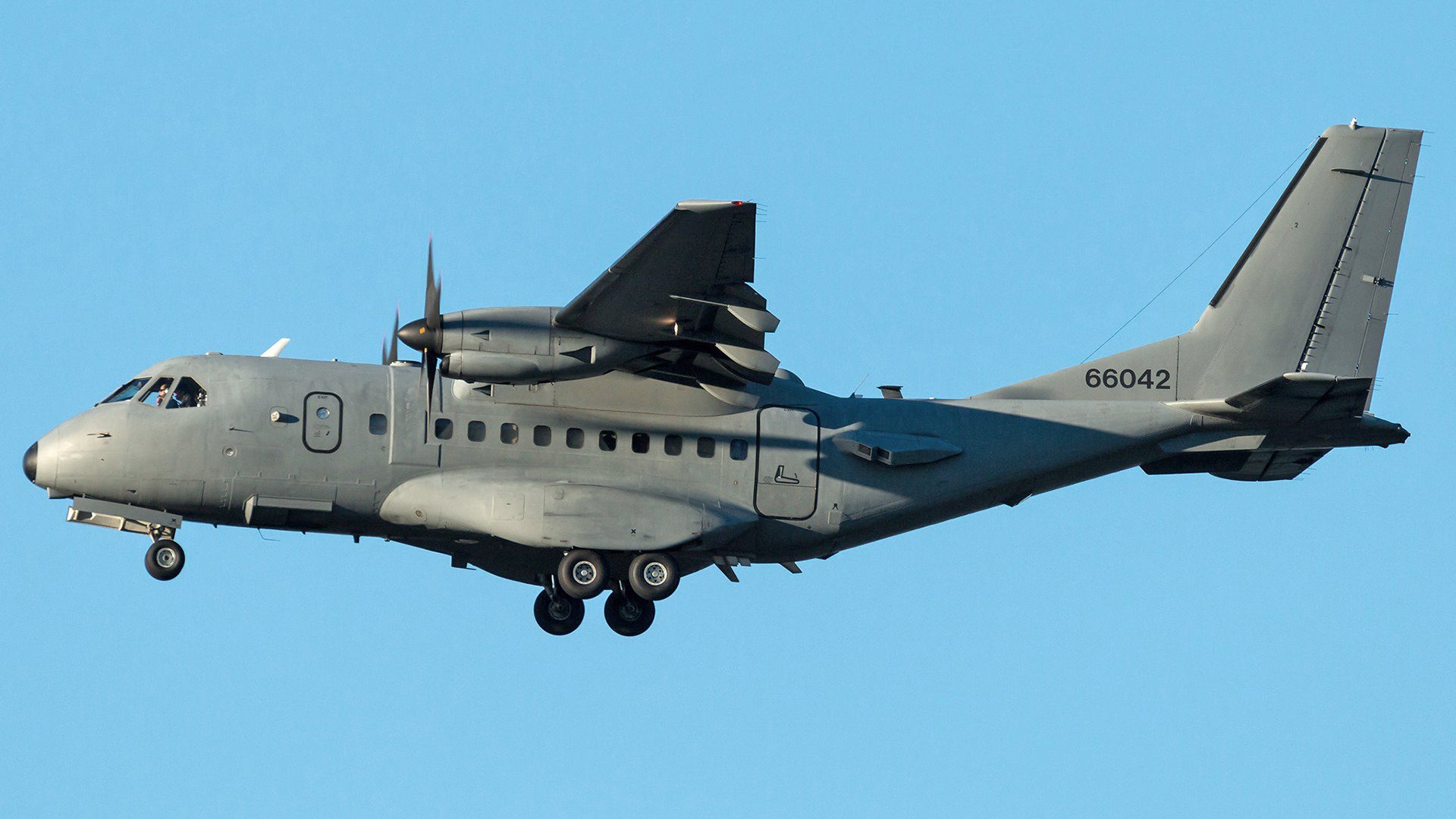A very unique USAF surveillance aircraft has been flying highly defined circles over Seattle and its various suburbs for nine days now. Nobody at the DoD seems to know who the aircraft belongs to or what exactly it is doing flying so many missions over the Seattle area. But based on its visibly exotic configuration, and information collected by open source flight tracking websites, we can get a good idea of its capabilities and guess as to what it’s up to.
The aircraft, which goes by the callsign “SPUD21” and wears a nondescript flat gray paint job with the only visible markings being a USAF serial on its tail, is a CASA CN-235-300 transport aircraft that has been extensively modified for the surveillance mission. You can see more pictures of the aircraft here.
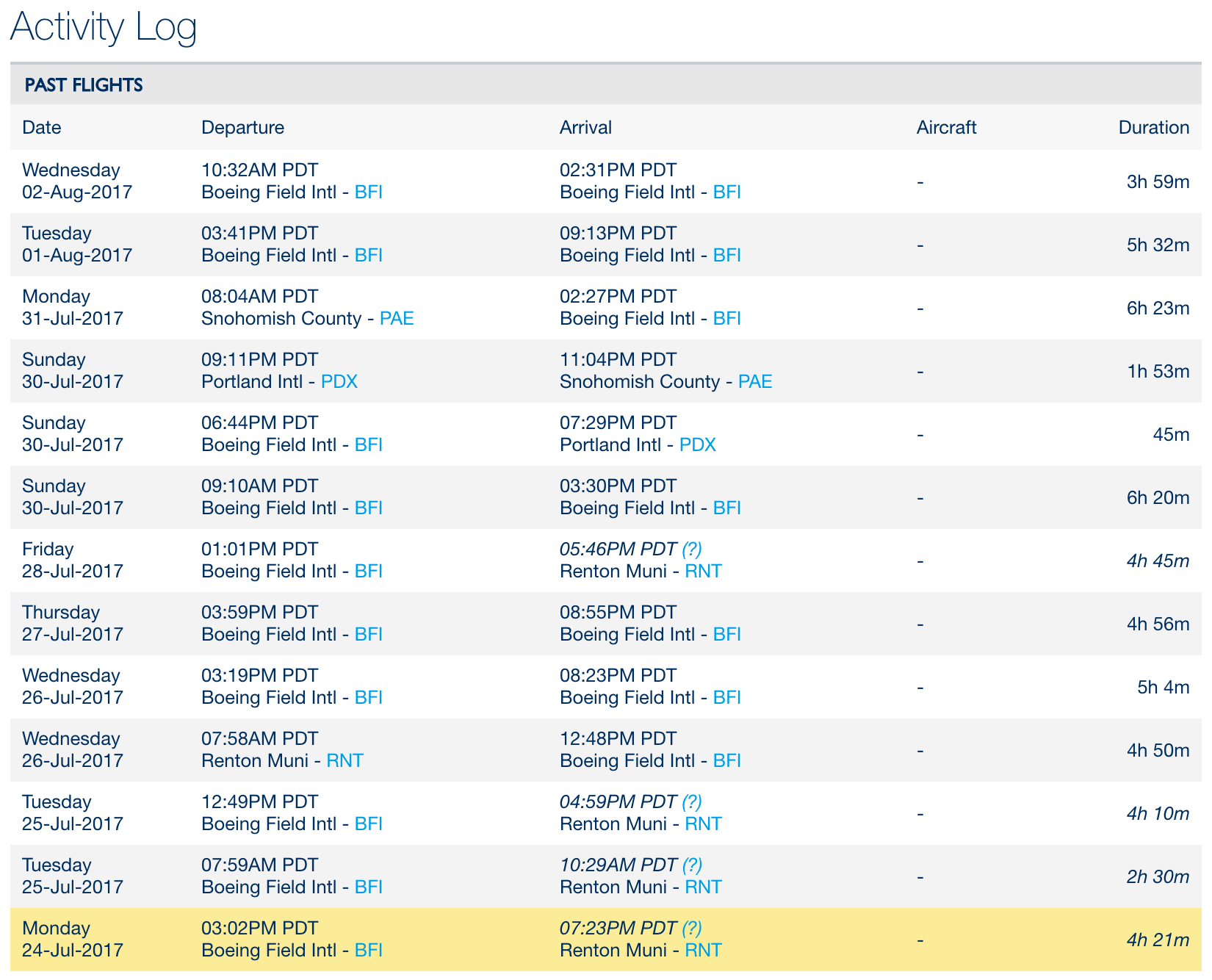
It is covered in a dizzying array of blisters, protrusions, humps and bumps. These include missile approach warning detectors and large fairings on its empennage for buckets of forward-firing decoy flares, as well as both microwave—the dome antenna behind the wing and flat antenna modification in front of the wing—and ultra high-frequency satellite communications—the platter-like antenna behind the dome antenna. A communications intelligence suite also appears to be installed on the aircraft, with the antenna farm on the bottom of its fuselage being a clear indication of such a capability.
But what’s most interesting is the aircraft’s apparent visual intelligence gathering installation. It is placed in a fixed position, on the left side of the aircraft, below the plane’s forward emergency door. The rectangle structure has a sliding door that covers the system’s sensors when not in use.
On the lower end of the capabilities spectrum, the system installed could be similar to the DB110 reconnaissance system, which can provide very high fidelity imagery of a target area from standoff “slant” ranges. The system, which is popular among F-16 operators in a podded version, can be acquired in varying configurations. Some have multi-spectral fusion capability, where electro-optical and infrared imagery is combined to bring out unique details that neither can see alone. An additional wider angle camera is also available as well, along with an assortment of data-link options that can send the system’s imagery to analysts and “customers” on the ground for rapid exploitation. In this case, the analysts could fly inside the aircraft, eliminating the requirement—or at least the outright need—for such a feature.
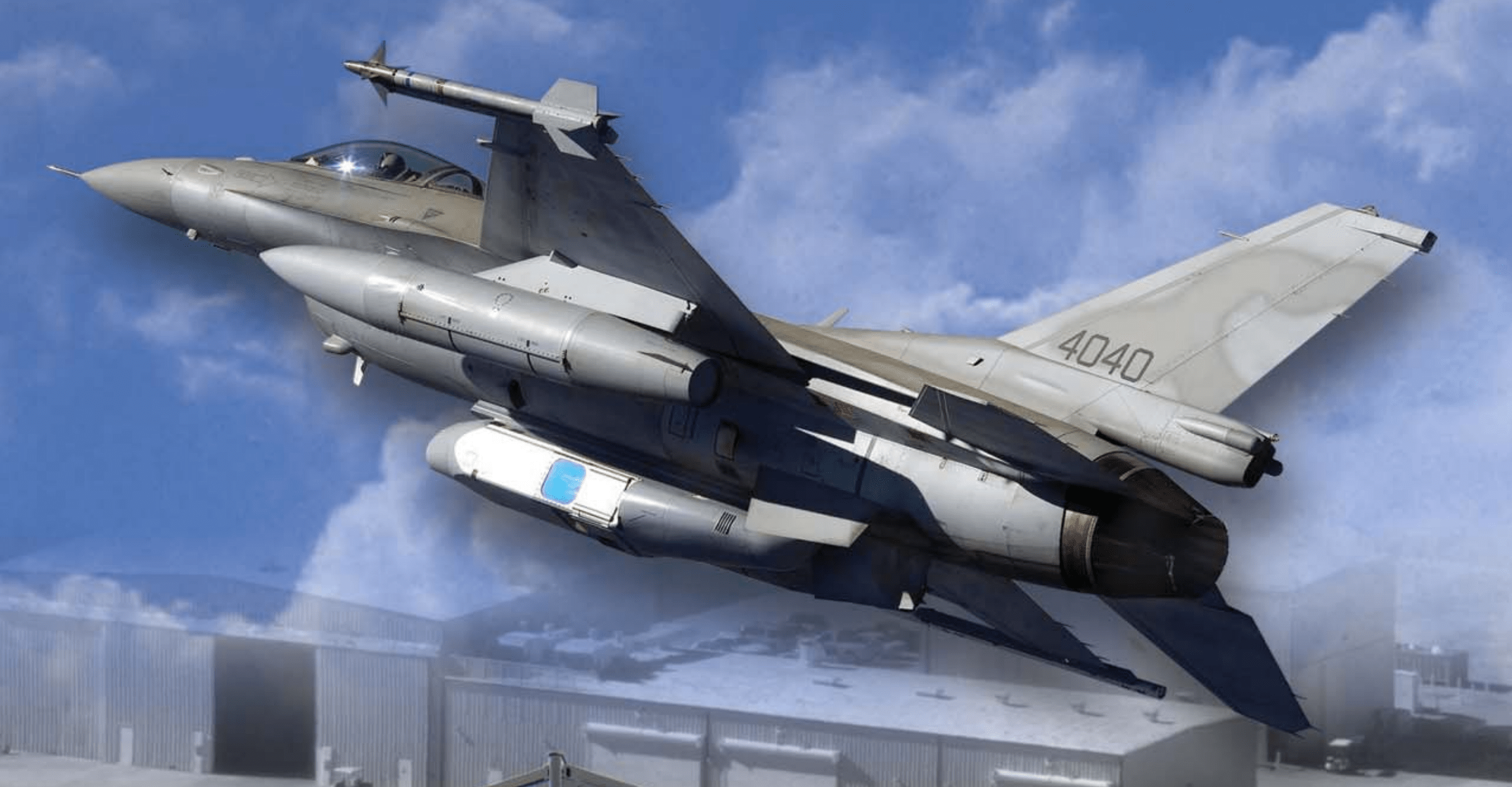
On the higher end of the capability spectrum, the aperture could be filled with a wide area aerial surveillance (WAAS) camera system that can view a large area—the size of a town—continuously at one time. This technology, which allows for tagging of vehicles and other moving objects, and can even be used retroactively to trace someone’s movements over time, is among the biggest surveillance game-changers of our time. You can read all about how it works and its great potential to change everything from how we survey the battlefield to how we solve crimes here at home in this past feature.

WAAS camera systems have rapidly evolved over the last decade and have gone from the battlefield to the commercial market here at home. They also now come in all different sizes and capability classes—as well as a variety of interesting sounding names to go with them such as “Gorgon Stare,” “Hawkeye” and “ARGUS” to name a few. In fact, WAAS payloads, which were once the domain of larger aircraft like the MQ-9 Reaper drone and King Air twin turboprop, are now deployable on small tactical drones, such as the “Red Kite” sensor mounted on RQ-21 Blackjack used by Insitu, a Pacific Northwest company that is now owned by Boeing.
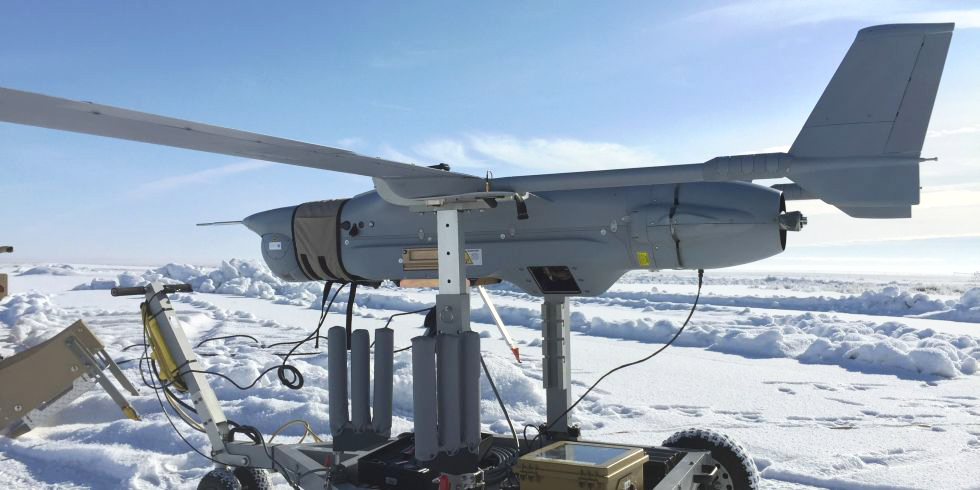
Some WAAS sensors require the aircraft to fly tight overhead orbits, while others work at a slant angle in relation to the ground. Considering the mounting location and aperture size on the CN-235 in question, this kind of “slant” setup would likely be the case. Also, the counterclockwise orbits the aircraft flies, between roughly six and twelve miles across, at altitudes from 17,000 to 22,000 feet, also indicate such a setup.

Above all else, these types of surveillance systems are especially good at capturing and monitoring so called “patterns of life” over and around a target area. This is an especially useful tool when collecting intelligence on an enemy target or group of targets over time and can open up new possibilities when it comes to the process of finding, fixing and finishing the enemy.
Simply put, instead of recording a snapshot in time such as what a satellite can furnish, persistent airborne surveillance sensors capture massive amounts of exploitable information over hours and days. So if a picture is akin to a thousand words, this persistent type of wide area aerial surveillance is equivalent to an entire novel or even a series of novels.
When paired with communications intelligence gathering, such as intercepting radio communications and mobile and satellite phone chatter, a high fidelity “picture” of a targeted area and how specific targets in that area operate can be compiled in a relatively short period of time, all using a single relatively economical asset. Also, the aircraft’s extensive communications suite can take this information, including streaming video, and send it to a command center around the world or relay it to regional ground stations. As such, it can likely provide high-fidelity overwatch of ongoing special operations mission, and relay that video and/or audio to commanders in real time.
Now that we have at least some idea of what this aircraft is likely capable of, the big question is what is it doing over Seattle and its suburbs? And maybe even more important—who is operating it?
Aside from what appears to be a weekend off in Portland, Oregon, the aircraft flies its missions out of Boeing Field, and it is operating out of Clay Lacy Aviation, the local fixed based operator (FBO) at Boeing Field, not from Boeing’s military ramp. It is totally common for military aircraft—from fighters to transports—to use local FBOs when traveling away from home. In fact, aircrews often prefer the amenities and ease of access of a high-end private jet center over a nearby military base.
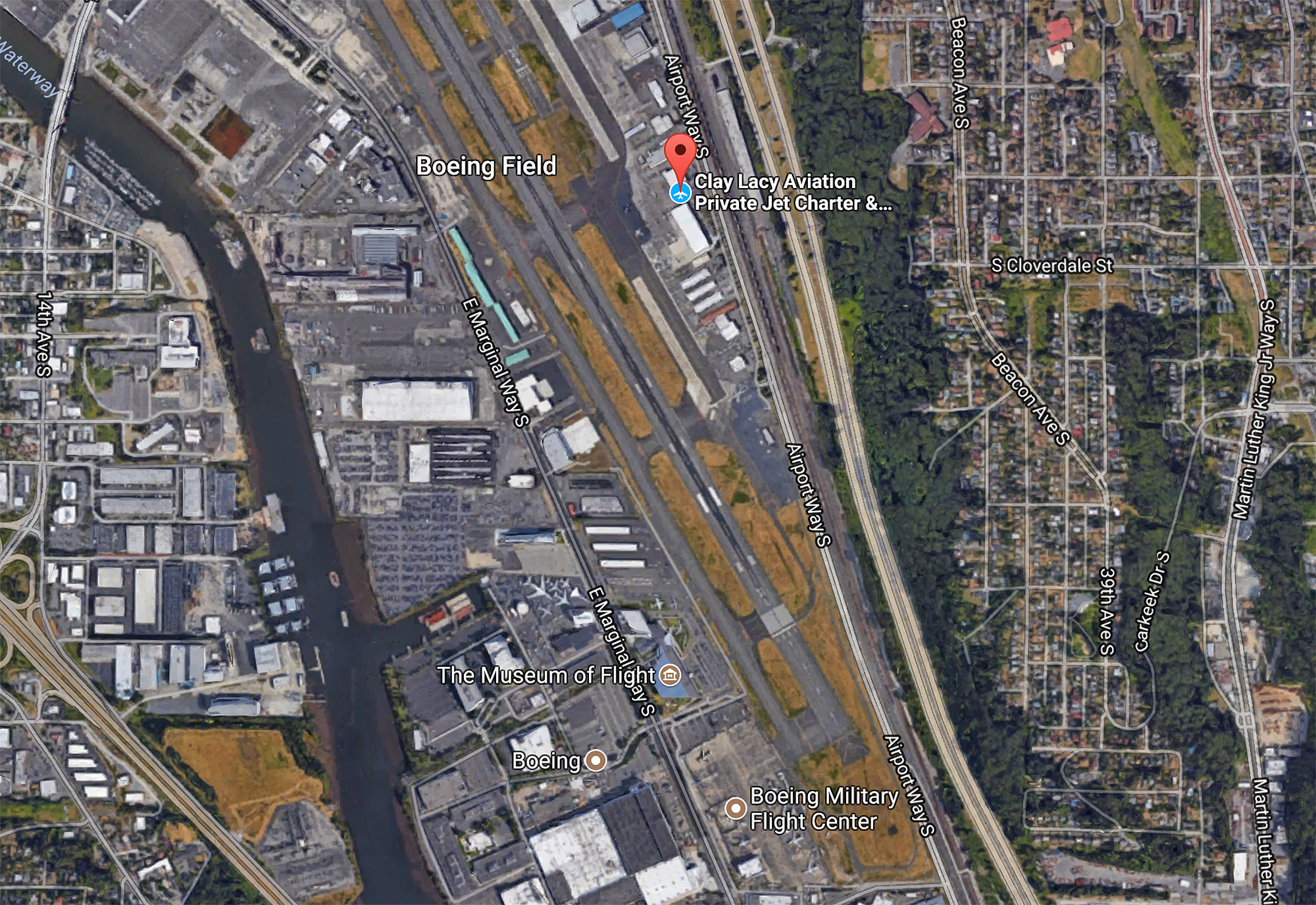
In Seattle at Boeing Field, Clay Lacy Aviation is famous for its seemingly constant stream of visiting military aircraft—but those aircraft aren’t usually executing highly peculiar surveillance missions over nearby urban areas for days on end. And the fact that the aircraft is not operating from the Boeing military ramp is a very good indication that its mission does not involve the aerospace giant. As such, this also largely eliminates the possibility of Boeing doing some sort of systems integration testing on the aircraft which could have explained some of its strange behavior.
As to who sent the aircraft and who even takes ownership of it, those details have turned out to be incredibly tough to pin down. Though it seems indisputable that the aircraft is or at least was U.S. government property at one point based on its Air Force-style serial number, none of the obvious U.S. military organizations claim they are aware of the CN-235 or its activities.
Public affairs officers at U.S. Northern Command (NORTHCOM), which oversees American military activities in North America, and its subordinate Joint Task Force-North (JTF-N), both said they weren’t tracking the aircraft or its mission. JTF-N is responsible for handling requests from domestic civilian agencies, such as Customs and Border Patrol, for military support, including contractor-operated surveillance aircraft.
The U.S. Air Force Special Operations Command (AFSOC) had similarly not been able to determine if the aircraft belonged to one of its units. U.S. Special Operations Command (SOCOM) forwarded yet another query on the issue back to AFSOC.
In an attempt to simply establish basic ownership, we reached out to the public affairs office at Wright-Patterson Air Force Base, home of the Air Force Life Cycle Management Center, which keeps tabs on all of the service’s aircraft. After speaking with a number of individuals by phone and email on the subject, they decided to send our query to the Pentagon’s main public affairs office.
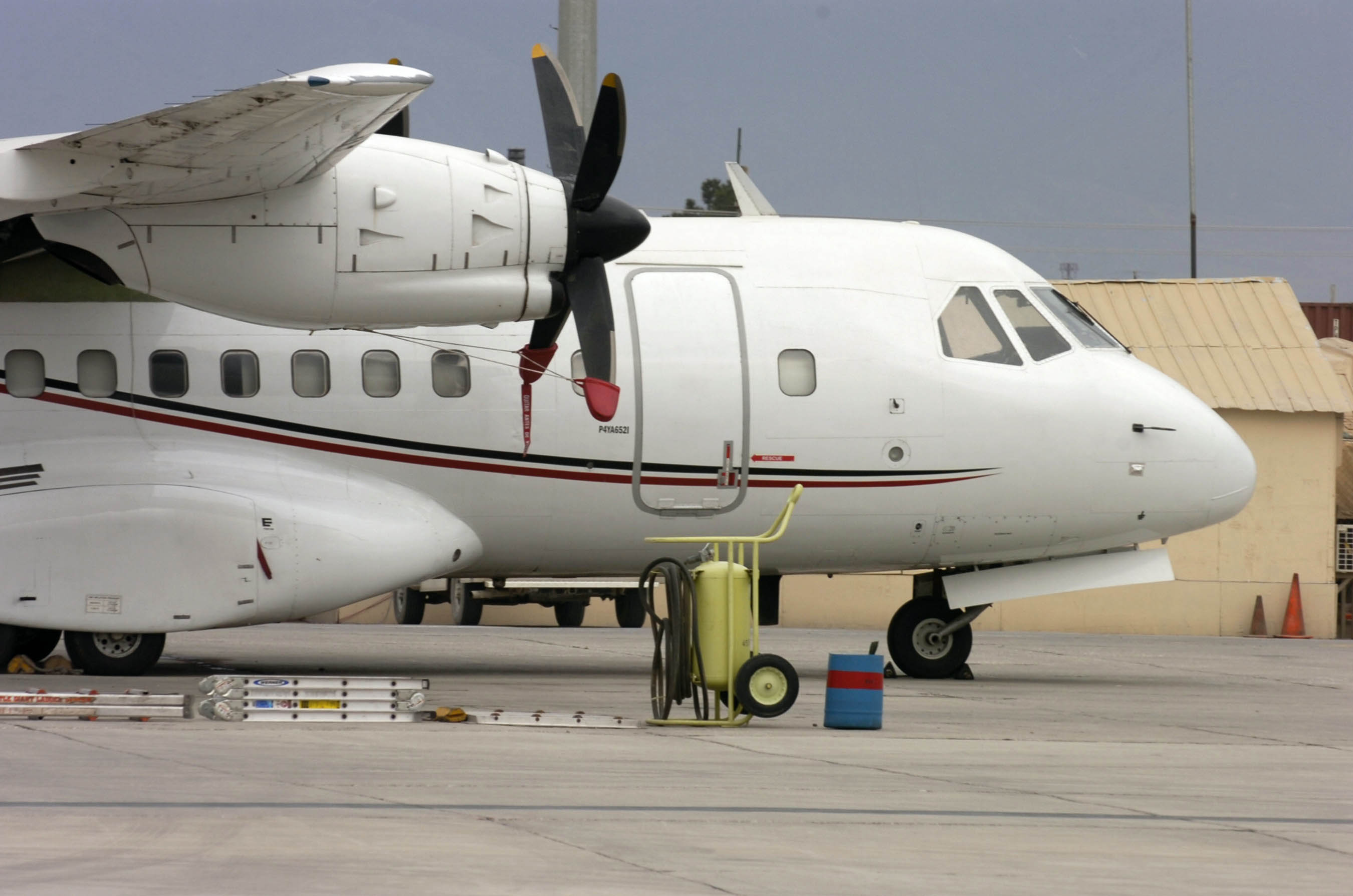
Taken together, these responses would seem to point to what many observers might have already speculated immediately, that this was a mission or training exercise in support of the secretive Joint Special Operations Command (JSOC) or a civilian agency such as the Central Intelligence Agency. This particular CN-235, with the serial 96-6042, is one of six that researchers commonly associated with the Air Force’s top secret 427th Special Operations Squadron. Recent pictures of the other aircraft show they are all in relatively similar configurations at present.
The 427th occupies the same space with a host of other “black” U.S. military aviation elements, most of which are affiliated to some degree with JSOC and the Intelligence Community. The War Zone has previously explored what is publicly known about these units in great detail.
Of course, the idea of the federal government employing a military aircraft to conduct surveillance within the United States would involve very complex and often controversial legal requirements. Far too complicated to go into detail here, we recommend taking a dive into Lawfare’s extensive writings on the National Security Agency’s domestic surveillance activities and related issues, which are tangential and touch on many of the same debates, though are not necessarily directly related to aerial spying. In 2016, BuzzFeed News also wrote an in-depth feature about airborne surveillance programs within the Department of Homeland Security and the Federal Bureau of Investigation that gets into many of these questions.
In short, if the military placed the aircraft under civilian control to some degree and with an appropriate legal justification, the U.S. military could possibly fly it in support of a domestic operation or one focused on a foreign suspect or organization operating within the United States. SOCOM and JSOC both have had connections to an “alphabet soup” of counter-terrorism elements that may have domestic components since at least 2008.
Official documents refer to organizations like SOCOM-National Capital Region (SOCOM-NCR), the Joint Interagency Task Force-National Capital Region (JIATF-NCR), or simply the Interagency Task Force (IATF), which may or may not be related to each other. Just what these organizations do or whether they are just staffs that coordinate with other U.S. government agencies in Washington or an actual operational headquarters has been unclear—and not just to us.
The National Defense Authorization Act for the 2014 fiscal year specifically withheld funding from SOCOM-NCR until the Secretary of Defense submitted a report to the House and Senate Armed Services Committees that explained, among other things, “the purpose of” and “the activities to be performed by USSOCOM-NCR,” according to a Congressional Research Service report. The official $10 million budget request to establish this particular entity said it would send “liaison officers and Special Operations Support Teams to other federal agencies.”
It’s also entirely possible, if not probable, that the aircraft could be involved in a realistic training exercise rather than an actual operation, akin to the annual JADE HELM special operations drill. The special operations community in general has a unique interest in being able to operate in complex urban terrain. Some think these areas will be the primary battlefields of the future. Still, the public is at least tacitly informed about these drills before they begin. NORTHCOM runs its own complex multinational and interagency counter-terrorism exercise each year called Vital Archer. In 2015, the scenario reportedly involved a nuclear or radiological attack.
With all this in mind, maybe the CN-235 is part of a secretive set of drills involving terrorists smuggling themselves and their weaponry into the United States via Seattle’s sea or airport facilities. The area could have simply provided a suitable urban area to test existing or new surveillance technologies, too, though this could spark serious privacy concerns if true.
Whatever the aircraft has been doing in the Seattle skies, it seems curious that it’s been using civilian airports for the job. But so far, the plane does appear to be doing a good job of hiding in plain sight with no one able to say who even owns it.
We will keep you updated if we find out more on this mystery plane and its mission.
Update: August 6th, 2017:
AFSOC contacted us again stating the aircraft does indeed belong to them and that it is doing “training.” They would not elaborate or did not know what unit the aircraft belonged to specifically or exactly what type of training it was doing and who else was involved.
Contact the authors: Tyler@thedrive.com and joe@thedrive.com
A big thanks to our good aviation photographer friend Russell Hill for providing the picture of the CN-235 surveillance aircraft. Make sure to check out all his awesome work here, you won’t be disappointed.
